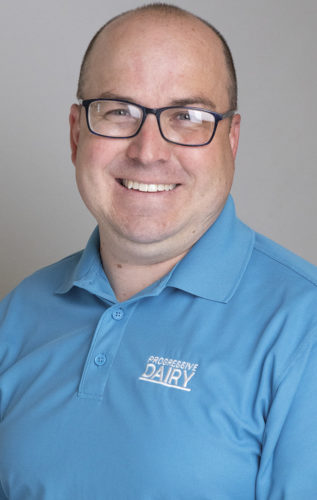We have some seasoned editors on our staff and some bright, young superstars. Regardless, we all benefited from this theme. By no means would we say we have perfected it. However, we’d like to share three exercises we went through that we believe could be useful to you too:
1. First, we determined curiosity is the willingness to find out more, to never settle for the status quo. Now you might say, “Well, you must not be that curious if you haven’t covered fill-in-the-blank topic.” (If you’re saying that, please do email or call me with what you put in that blank. We’ll definitely consider it.) We found that confidence in curiosity comes from just getting started. In our opinion, the best starting line is the one that most interests you. You might consider asking yourself the question we did at the beginning of the year: What three things am I most curious about? Then, just start asking questions of those you perceive to be experts in those fields to begin your own curiosity-fueled journey.
2. Next, we reviewed Jia Jiang’s book Rejection Proof: How to Beat Fear and Become Invincible. Jiang’s TEDtalk is a must-see. Search the TED website for: What I learned from 100 days of rejection.
In his book, Jiang teaches how to turn rejection into opportunity. I personally learned from him that asking a question and getting a rejection is not a personal attack nor is it mortally dangerous: “Rejection is almost never that bad. Even if we don’t get what we ask for, we haven’t lost anything.” Too often, we shrink from curiosity because we perceive encountering a dead end equals failure. The oft-quoted, difficult to accurately source, but relevant wisdom from Thomas Edison applies here. His quote goes something like this: “I have not failed 10,000 times. I have not failed once. I have succeeded in proving that those 10,000 ways will not work. When I have eliminated the ways that will not work, I will find the way that will work.”
3. Lastly, we also listened to Tim Ferriss’ discussion on “fear setting.” Ferriss suggests that too often we allow our fears to run rampant instead of setting boundaries for them. His TEDtalk is a good 15-minute exercise if you’ve got a big, hairy decision to make and feel paralyzed about where to go. Search the TED website for: Why you should define your fears. If you want to go through his fear-setting exercise, I’ve made Word document templates for the exercise. Email me, and I’ll share them.
I recently shared last year’s theme with a reader, and she reciprocated with her own experience at being confidently curious. She told me that last spring she started asking questions to others in the industry about whether we were learning from the decline in fluid milk consumption so that future declines could be avoided or prevented. That lead to her being invited to a checkoff board meeting and then being placed on a planning committee for a new initiative.
She told me: “I’m a big picture person who enjoys getting into the weeds on things I am passionate about.” There’s no better way to define confident curiosity than that. But don’t think her story can’t be yours. Even she had her doubts at first: “Normally, I never would have gotten myself involved in something like that. I wouldn’t think I was qualified because I didn’t know what I was doing.”
In all honesty folks, no one knows what they’re doing at first. It’s the curious who become leaders when they refuse to quit pursuing relevant questions that really matter to them. If you have any resources for being confidently curious that you think we should be looking at, please let us know. Even though we moved on to a different theme for 2020, curiosity is still a core value of our work. ![]()

-
Walt Cooley
- Editor-in-chief
- Progressive Dairy
- Email Walt Cooley





